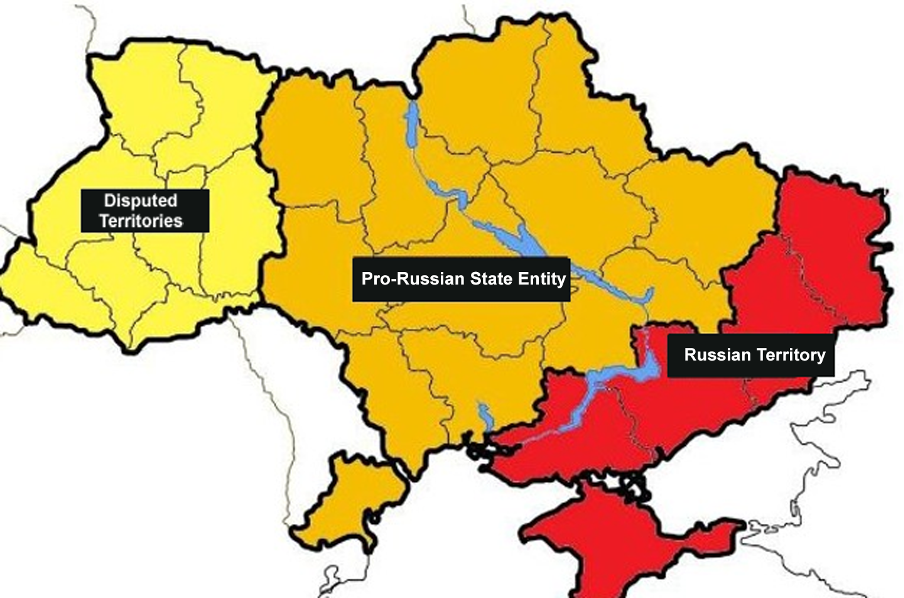Russia has secretly obtained sensitive goods from India and explored setting up facilities there to secure components for its war effort, according to a report by the Financial Times (FT) based on leaked Russian state correspondence.
In October 2022, Moscow’s industry and trade ministry, which oversees defense production in support of Vladimir Putin’s invasion of Ukraine, drafted confidential plans to spend approximately Rs82bn ($1bn at the time) on obtaining critical electronics through covert channels. These plans aimed to evade detection by Western governments.
JOIN US ON TELEGRAM
Follow our coverage of the war on the @Kyivpost_official.
The leaked documents, addressed to a trade promotion body with ties to Russian security services, reveal that Russia saw India as an alternative market to source crucial goods previously supplied by “unfriendly countries.” The strategy involved utilizing “significant reserves” of rupees accumulated by Russian banks from booming oil sales to India.
Russia and its Indian partners targeted dual-use technologies—goods with both civilian and military applications—subject to Western export controls. The correspondence also suggests that Moscow considered investing in Russo-Indian electronics development and production facilities.
While it remains unclear how much of the plan was implemented, trade data indicate that Russia’s relationship with India has deepened in specific categories of goods mentioned in the correspondence.

Book Review: Michael Waltz, Donald Trump’s Incoming National Security Advisor
Leaked correspondence reveals that Russia, under the direction of Alexander Gaponov, deputy head of the Ministry of Industry's “radio-electronics” division, has been secretly acquiring critical electronic components from India for its war effort in Ukraine.
Gaponov contacted an opaque Moscow-based organization with ties to Russian security services, the Consortium for Foreign Economic Activity and International Interstate Cooperation in Industry, to present plans for securing these components.
Vadim Poida, the consortium’s president, responded with a five-stage plan to establish a closed payment system between Russian and Indian companies, potentially using digital financial assets to bypass Western oversight.
The consortium estimated that Russia could purchase up to Rbs100bn worth of dual-use components, including parts for telecommunications, servers, and other complex electronics previously sourced from Western countries.
The plan also included setting up joint ventures in India to produce electronics for Russia’s critical information infrastructure while concealing the involvement of Russian entities.
Leaked documents reveal that Russia has been purchasing electronics and machinery from India, paying in rupees. Since mid-2022, trade in these categories has surged.
Innovio Ventures, an Indian company, was recorded in trade declarations as having supplied at least $4.9 million worth of electronic equipment, including drones, to Russia, along with $600,000 of goods shipped to Kyrgyzstan. These transactions were documented in Russian filings as settled in rupees.
Among the shipments to Russia was $568,000 worth of electronic equipment intended for radio-electronic systems, which was delivered to Testkomplekt—a Russian company sanctioned by the US and EU for its central role in Moscow’s military procurement efforts.
An Indian businessman speaking to FT confirmed that Russia explored setting up manufacturing facilities in India for dual-use items, such as electronics from consumer appliances, which could then be repurposed for military use in Russia.
This covert trade network has caused growing friction between New Delhi and Washington. In July, US Deputy Treasury Secretary Wally Adeyemo warned India’s top business organizations that any institution doing business with Russia’s military-industrial base risks sanctions, regardless of the currency used.
Despite Prime Minister Narendra Modi’s calls for peace and concerns over the invasion's impact on developing economies, India extended an economic lifeline to Russia after Western sanctions.
India’s purchases of Russian crude oil have surged, pushing the two countries’ total trade to an all-time high of $66 billion in the 2023-24 financial year, a fivefold increase from the year before the invasion. Some of this trade has been conducted in rupees, leaving Russia with a surplus of the currency.
However, Modi's August 2024 visit to Ukraine, featuring a key meeting with President Volodymyr Zelensky, highlighted a strengthening of India-Ukraine relations. The visit suggests India might play a crucial diplomatic role in the Russo-Ukrainian War, potentially leveraging its neutral stance to aid peace negotiations.
You can also highlight the text and press Ctrl + Enter






